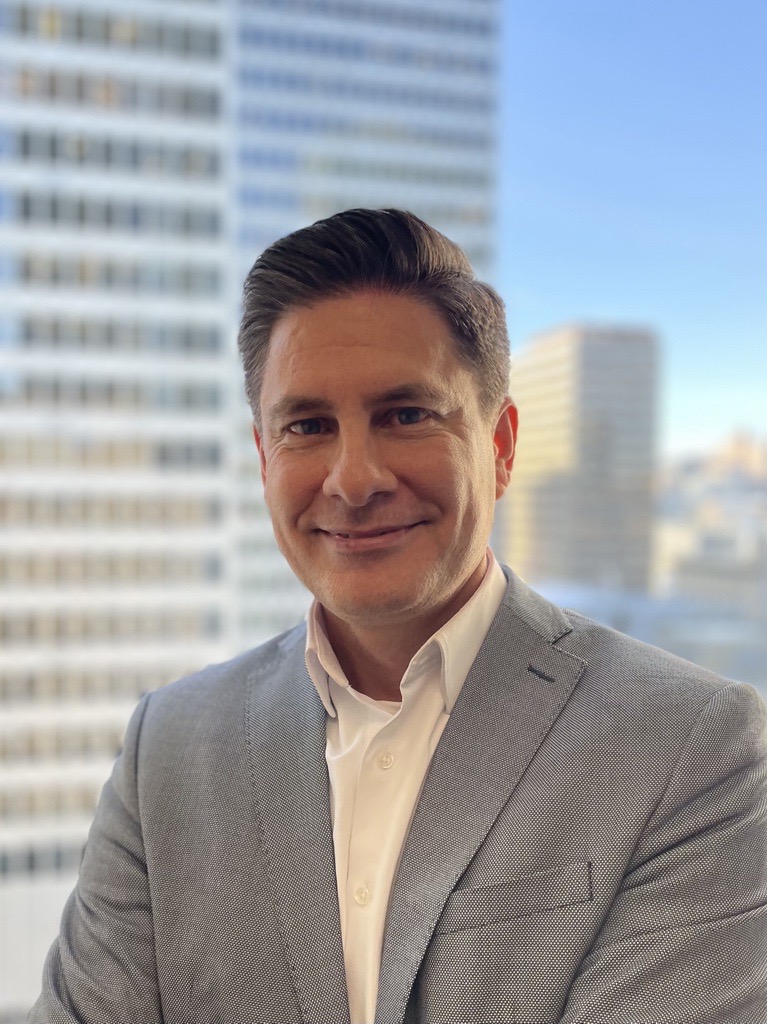UNMET NEED
Graphene is a material with unique physical, mechanical, and electrical properties. Graphene is usually functionalized into its oxide (graphene oxide – GO) or a reduced form called reduced graphene oxide (RGO). The processes involve multiple pre- and post-treatments. A great variability in the resulting product is often observed even when using the same procedure. The conditions also generally involve harsh conditions such as harmful chemicals, radical oxygen, etc. These reactions modify the material irreversibly with surface functions such as hydroxyl, epoxide, etc.



